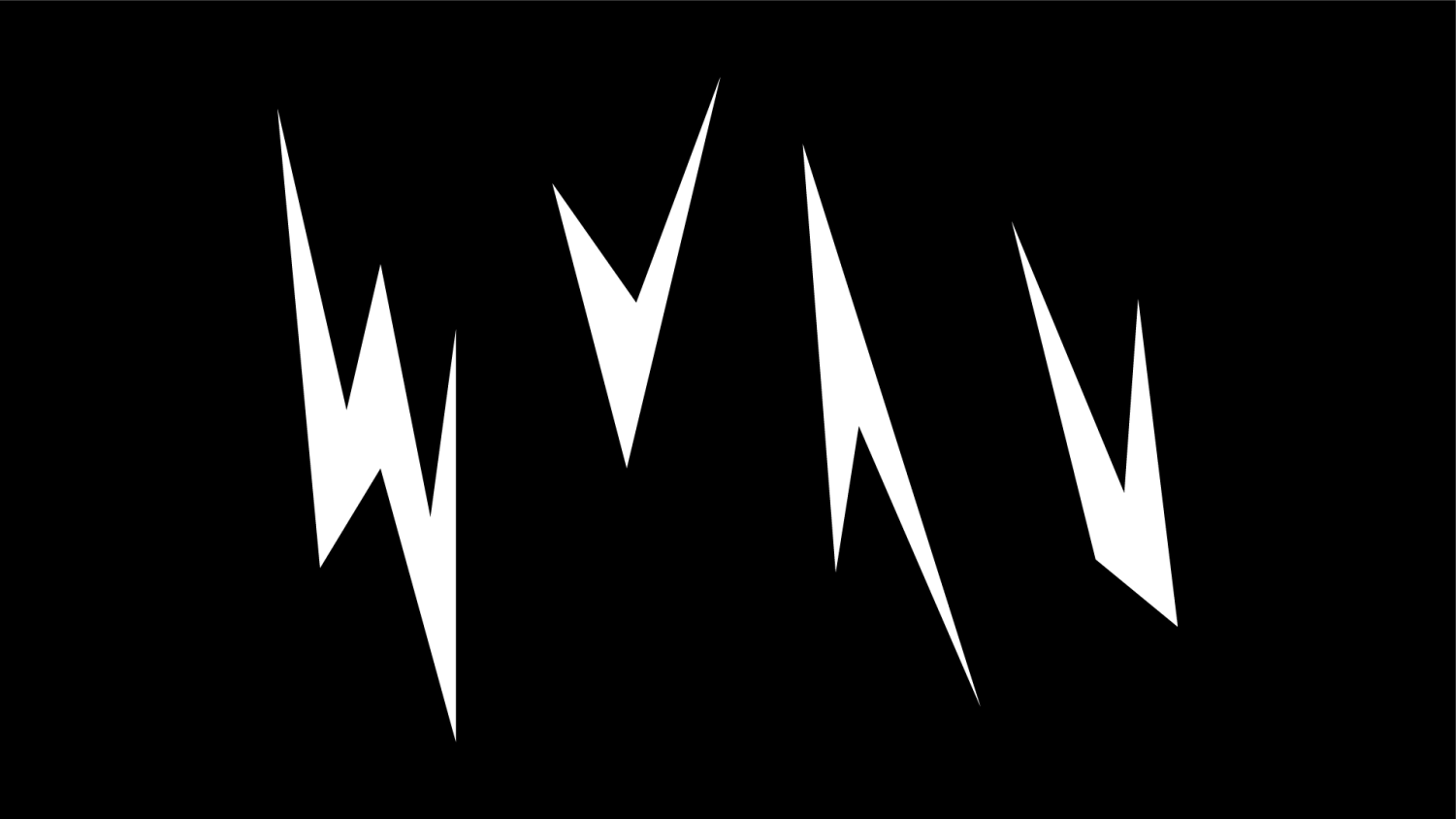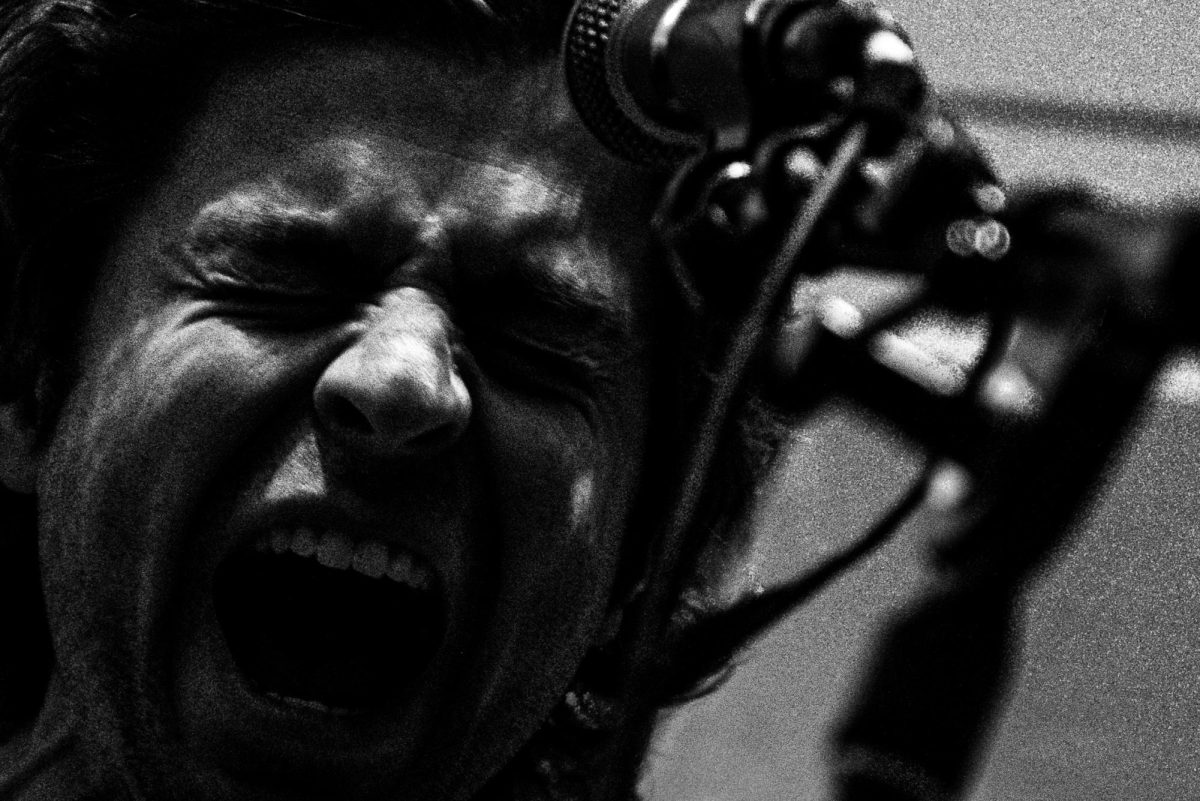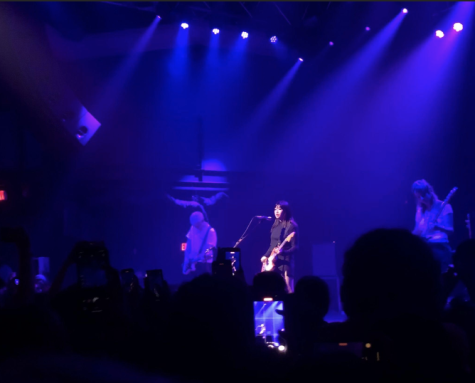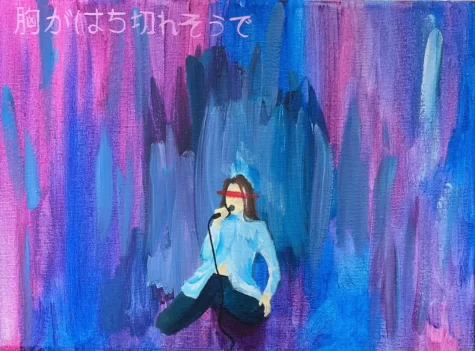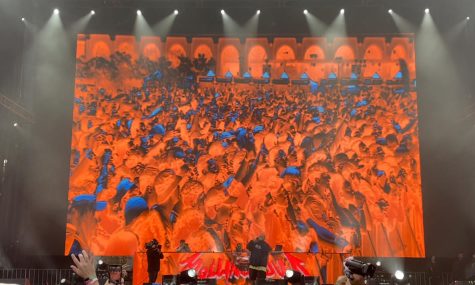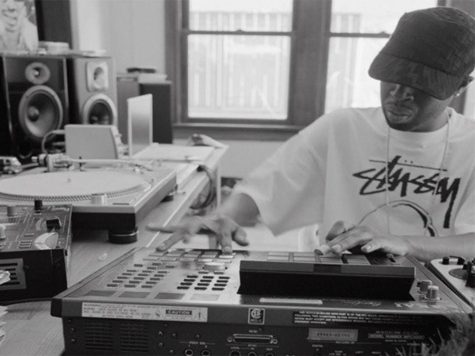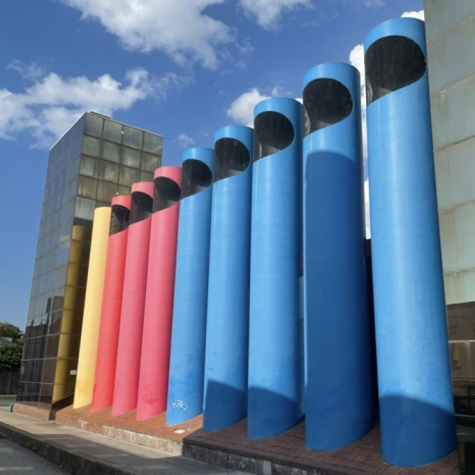The Looking Glass: Les Sins, "Michael"
November 17, 2014
Courtesy of Last.fm.
What is at stake in the latest album put forth by Chaz Bundick ÛÒ under the alias Les Sins å_ÛÒ is no doubt the collective future of the entire genre of chillwave; musician, and album alike. The aesthetic scene we are confronted with in Michael does not have much in common with usual images and sounds we commonly associate with the genre ÛÒ here, undoubtedly, the signifiers of the album appear stretched and distorted from the work of his earlier project Toro Y Moi, or the work of Neon Indian, Chad Valley, Memory Tapes Wild Nothing and so on.
It is no accident that commentaries on this album have sought to compare and contrast ÛÒ condemn and denounce, moreover ÛÒ this work in the face of Chaz’s previous work Anything in Return (2013) and Underneath the Pine (2011), to name a few. Whereas, under the name Toro Y Moi, fans and listeners have sought comfort in the dreamy and open aesthetic scenes associated with late 00s and early 10s chillwave, the scene we arrive at in Michael is significantly different. While once the scene, it would seem, always oscillated around certain undulations of synthpop and dream pop, now we recognize how the signifier has changed with the emergence of various genres of future garage and the incredible influx and influence of London’s studio-club scene.
In this respect, the crucial point in understanding this album is how we are, at first, tempted to take the album back to the terms, scenes, moments, feelings, and general bourgeois ideations once associated with “proper” or orthodox chillwave. However, a closer look unmistakably confronts us with a perplexing, undeniable dimension of contemporary chillwave: Michael produces a new kind of fantasy, a new scene stripped and reduced, projected and imagined beyond the classic scopes imagined in famous albums such as Keep Shelly In Athens’ Our Own Dream (2011), Gold Panda’s Lucky Shiner (2010), and MillionYoung’s Replicants (2011).
Immediately, for example, when the track Brother dramatically shifts dimensions, moving from the strictly orthodox chillwave trope ÛÒ that is, a looping synth sample ÛÒ into the territory of an ambient dreampop digression, we are confronted with a kind of uneasiness, feeling that, in spite of this songs commonality with what is known, we are entangled in a new phenomenon.
Michael’s entire aesthetic is based upon this contrast between what is known, observed in the various albums of Chaz’s previous work, and the proximity to this new aesthetic iteration. In tracks such as Fetch, released almost two years ago, this contrast is already at work: the procedure begins within the common comfort of chillwave’s orthodox minimalism, with its over-enhanced sampling, processing, and filtered vocals.
However, as the track continues, much like Grind, we encounter the opposite technique taking shape, with the wobbles, the inflected bass. The entire aesthetic reduces and reforms the atmospheric and instead transforms it what we can now locate within the confines of the London inspired club scenes. This contrast is heard throughout the Michael. This is what is at stake in this album.
In terms of contemporary movements, this flattening of the aesthetic fantasy, one that was responsible for the expansive reach of chillwave had throughout ’09-’12, finds its exact correlative in the prose of Michael. Whereas commentators have decried the album was a transgression on the old and innovative spirit of Chaz, invoking an undoubtedly conservative posture, let us return to what is at stake in this album: the preservation of the genre. This is the crucial feature of this eccentric album that emerges when we place this album within the confines of his previous work.
Courtesy of Last.fm.
At first, it is hard to locate within the scene of the album itself. In order to determine what is at work in the work, we must, at first, grasp the album using our contemporary terms; evoke the contemporary sounds of Disclosure, James Blake, AlunaGeorge, Kindness ÛÒ as they function as the unspoken suture, tying and integrating contemporary music into its dominant representation ÛÒ only to abstract their elements out of the album.
The aesthetic status of this abstraction is very interesting ÛÒ denoting elements of jazz, of continental studio EDM, and the minimalism of Latin American tech, a quality easily captured in “Prelim.” However, what is left behind are a few last echoes of chillwave, a theoretical remainder. This is precisely what is at work in tracks such as “Bellow“ and “Talk About.”
Were this echo to be wholly removed, the atmospheric and dreamlike quality well respected and guarded by contemporary music would collapse, from the spontaneous and highly individualistic quality associated with the studio London scene, a quality many of us enjoy when in contrast with the elements of orthodox chillwave.
